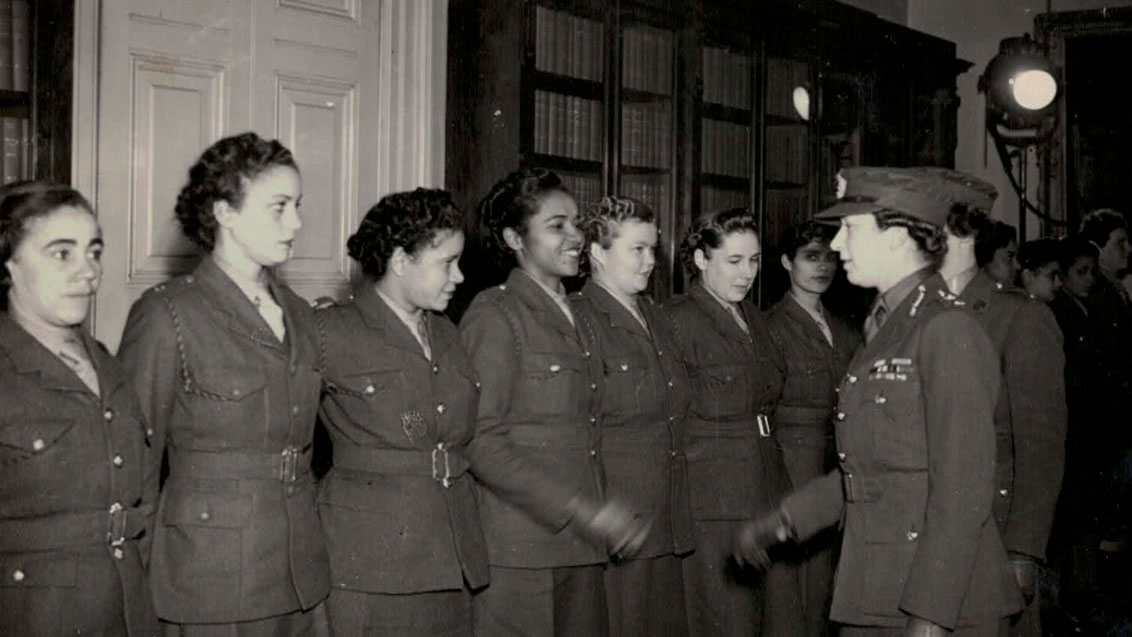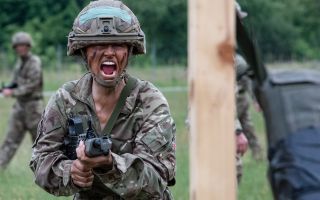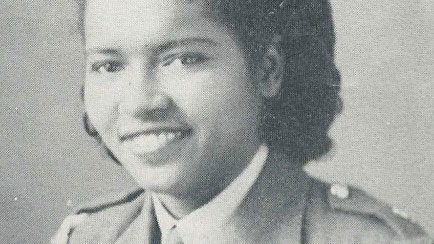
The remarkable life of the British Army's oldest surviving female veteran

Trailblazer and breaker of glass ceilings, Ena Collymore-Woodstock, died on 2 December 2025 at the age of 108.
Ena Collymore-Woodstock is an extraordinary woman who, at the impressive age of 106, is the oldest surviving female veteran of the British Army.
Born in Jamaica, in 1917, the Second World War veteran, who went on to have an incredibly successful career in law, has inspired many generations of women to do what those around them considered at the time to be 'men’s jobs' such as a soldier or lawyer –three of her four grandchildren are lawyers.
Of her time in the Auxiliary Territorial Service (ATS) – the women's branch of the British Army during the Second World War – Ms Collymore-Woodstock said: "There was an overall enthusiasm to be part of the war effort, I wanted to do my part.
- Sailors from HMS Dauntless meet Britain's oldest surviving female WW2 veteran
- Six Triple Eight: the pioneering black women who made US military history
- HMS Dauntless sailors help save turtles in the Caribbean during one-tonne clean-up
"When I got to England, the powers that be had us typing, but I told them that I hadn’t joined up just to type."
Life before the Second World War
As a young woman, Ms Collymore-Woodstock was part of a group of local Jamaican women determined to prove they were capable and be an inspiration to others "despite there being no female role models at the senior level of society in Jamaica".
Making her way to Britain during the Second World War to join the British Army and play her part in defeating Hitler, had a powerful impact on her peers.
She said: "There weren't that many women in the Army at that time. Very few women of colour either.
"My group was the first group of women to leave the West Indies to volunteer to go to war. I felt special."
The centenarian is proud to have encouraged others to aim high and achieve goals, whatever prejudices stand in their way.
She said: "Once, on a trip to the USA, I handed my passport to an officer who told me that she'd done a project about me when she was at school – she was from Negril, Westmoreland.
"That was a lovely moment."
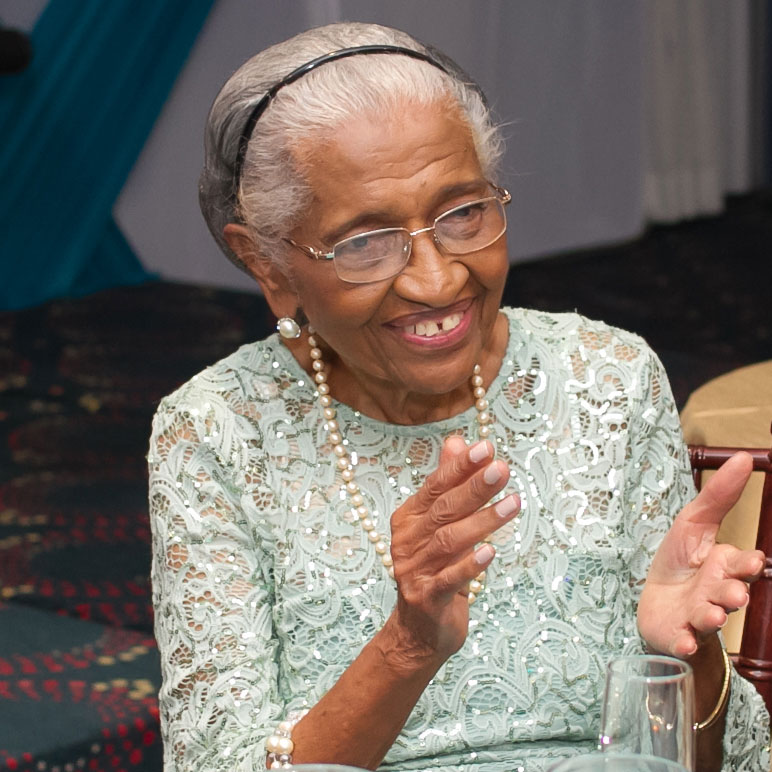
When Ms Collymore-Woodstock arrived in Britain and began her military career, she decided she wanted a more challenging role than clerical work. Her inquisitive spirit made her keen to see what the world could offer her. She said: "I was very adventurous and wanted more responsibility and more action."
Eventually, the soldier wrote a letter to the War Office saying: "I didn’t come here to do what I was doing at home".
She had been a typist in the courts in Jamaica before heading to Britain.
The War Office sent Ms Collymore-Woodstock to an evaluation unit where they decided where people were placed. She said: "I was tested, and they said I could go into any unit, so I selected anti-aircraft and I became a radar operator.
"I also served in Belgium."
Ms Collymore-Woodstock's daughter, Marguerite Woodstock-Riley, says she and her siblings only understood the enormity of what it meant to join up and sail to Britain in 1943 when they became adults, saying: "As a black female, entering Britain to join the ATS must have been a real culture shock.
"Not surprisingly, her determination, strength and pioneering attitude enabled her to succeed whilst serving in the British Army and then in the legal profession.
"We're incredibly proud of her and hope she'll continue to inspire generations of women to come."
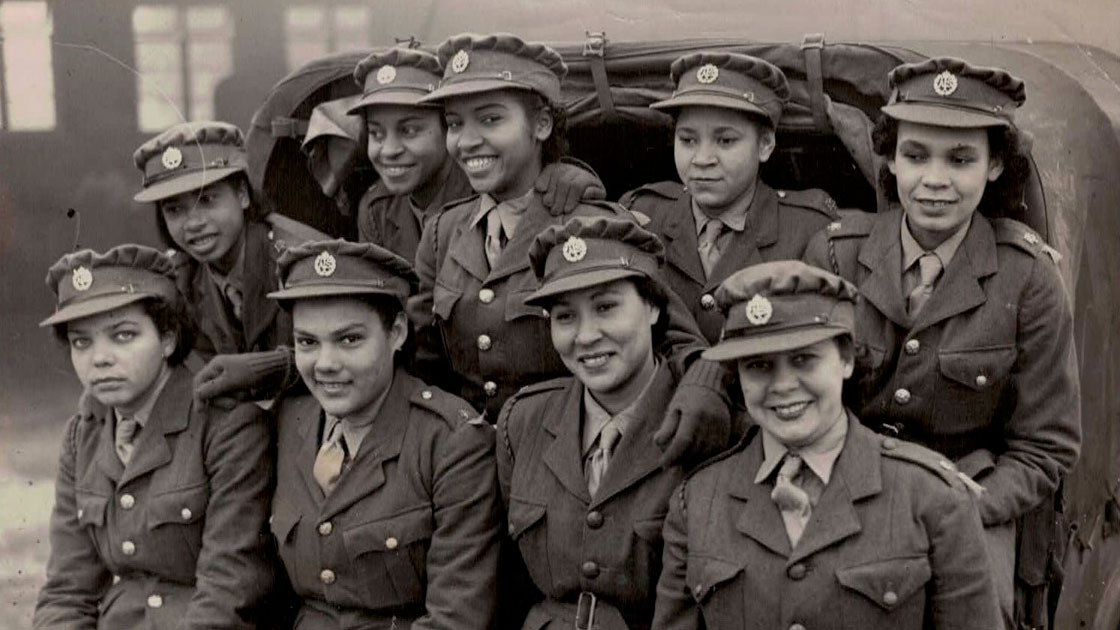
Life after the Armed Forces
While in the Auxiliary Territorial Service, Ms Collymore-Woodstock made several firm friends with whom she and her family stayed in contact with for many decades.
They even travelled to Scotland and France from Jamaica to maintain these important bonds.
Ms Collymore-Woodstock explains how she and her fellow ATS friends enjoyed their time with the British Army, saying: "You had a good feeling – but you had to learn step by step.
"No, I wasn’t ever afraid. We didn’t think much about what could go wrong.
"We didn't have any nasty surprises."
Ena's war bath
During the Second World War, a rather remarkable series of events happened to create a memorable Christmas for Ms Collymore-Woodstock and her friends. An article happened to be published in a newspaper which featured the soldier's full name.
A lady, who shared the same surname, got in contact with the War Office to connect with Ms Collymore-Woodstock.
That Christmas, the lady surprised Ena with a very generous offer when the camp where she and her friends were living was closed during a time of water shortages. She said: "This lady invited me to stay and said I could also bring some friends as well. Real kindness.
"The lack of water we dealt with meant that, to this day, I can bathe in just a cupful of water.
"My family call it my war bath and we all laugh about it."
After the Second World War, the veteran soldier shared an apartment in London with four friends – one of whom, Norma Marsh, is pictured with Ms Collymore-Woodstock below wearing her ATS uniform.
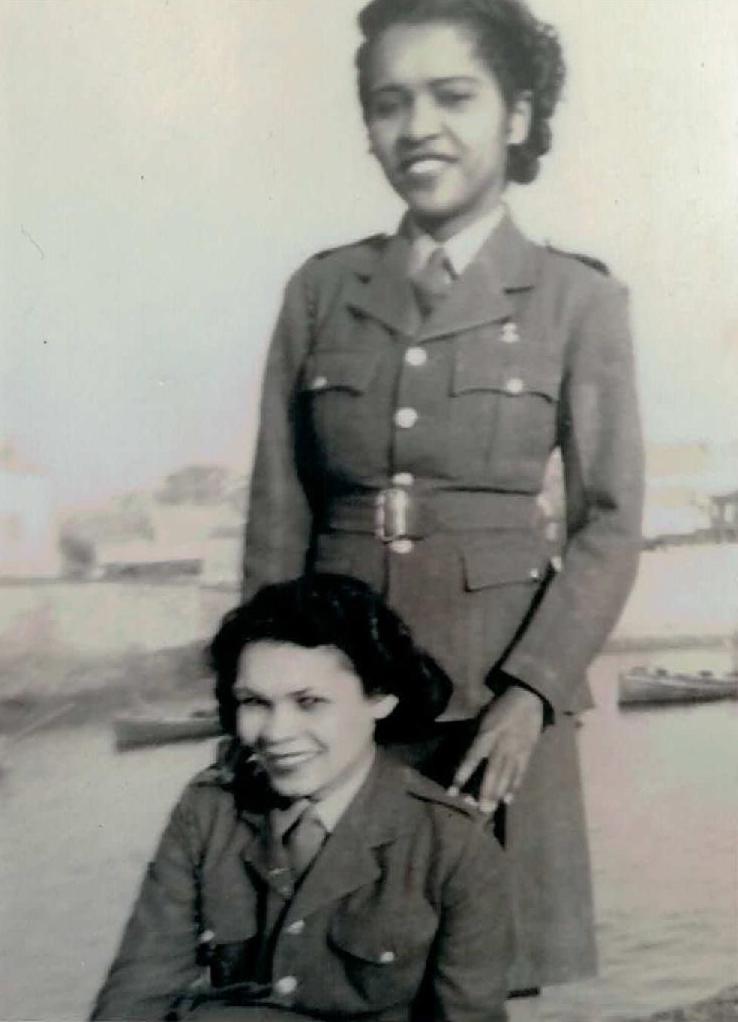
Ms Collymore-Woodstock fondly recalls many happy and carefree memories spent with the friends she made during her time with the armed forces, saying: "I remember that when we got our weekly rations in, we'd invite people over and then have fun eating them up all in one go."
Ms Collymore-Woodstock's law career
After the soldier's military career ended in 1946, Ms Collymore-Woodstock became the first black woman to train at Gray's Inn in the UK to become a barrister and was the only woman that year to join its debating society.
Two years later, the veteran was called to the bar in England after which she returned to Jamaica at the criminal courts before being promoted to Deputy Court Clerk for St Mary Parish.
To add another first to her varied and impressive career, Ms Collymore-Woodstock served as Clerk of Courts for St. James Parish – the first time a woman held the post.
In 1953, the veteran was the first woman to be appointed as Assistant Crown Solicitor.
Six years later, Ms Collymore-Woodstock became Jamaica's first woman to hold judicial office when she was appointed a Resident Magistrate.

In 1951, Ena married Victor Woodstock, a civil servant, with whom she had three children.
While some mothers she knew were taking maternity leave, the young mother was determined to keep working.
Her daughter Careth and son Robert are close in age so Ms Collymore-Woodstock did not want to take maternity leave so soon after returning to work. This meant she had to be creative, saying: "I used to put my baby son in his bassinet and drive around Jamaica to Court.
"When they were older, the children would sit under my feet in Court whilst I acted as Judge, and they'd listen."
Sixteen years later, Ms Collymore-Woodstock was bestowed an MBE (Member of the Most Excellent Order of the British Empire) for her work with the Girl Guides.
She joined as a young girl and went on to become a District Commissioner for the organisation.
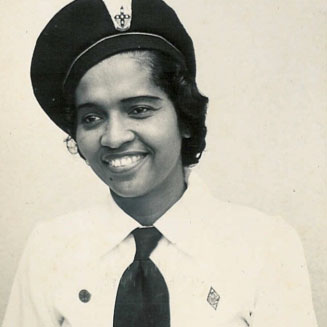
Ms Collymore-Woodstock broke many barriers for women in Jamaica. She said: "I became known as someone who was the first to do things – albeit with training and assistance from others."
Looking back on her incredibly successful career, the veteran has some sage advice for young women looking for inspiration when it comes to choosing their careers, saying: "You need to enjoy what you do.
"Don't do things for money – do things you have a passion for.
"Women can do the same as men. Don't limit yourself because you're a woman."
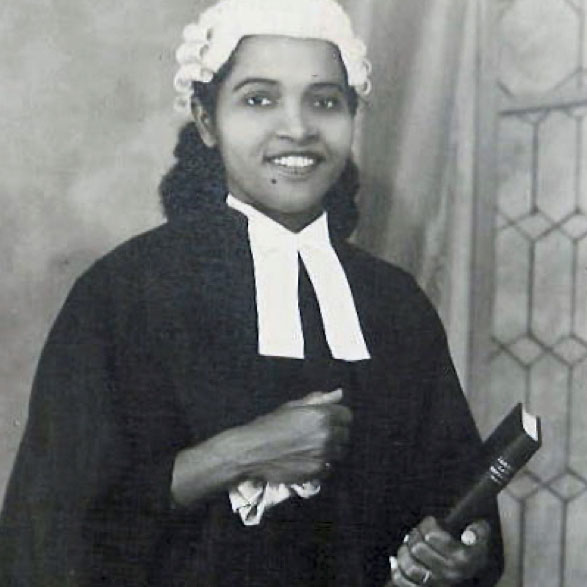
Ms Collymore-Woodstock was discovered as being the oldest female veteran of the British Army after the death of 108-year-old Anne Robson, who had served as a physical training instructor in the ATS.
This prompted the Women's Royal Army Corps Association (WRAC) to start a campaign called 'Find Our OATs', to find Britain's oldest surviving female veteran.
Colonel (Retired) Alison Brown, Vice President of WRAC, said: "We wanted to thank her, tell her story and reflect on her achievements, plus, those of other pioneering women of WW2, who pushed aside gender bias and spearheaded roles for women in society as a whole.
"Ena is an inspiration to us all."
A brush with British royalty
The ATS was the first all-female British Army regiment, which Her Majesty The Queen joined in 1945 and trained to drive and maintain a range of vehicles.
Ena had a brush with royalty in 1943 when she met The Princess Royal at the Colonial Office, created to deal with the colonies of the British Empire.
